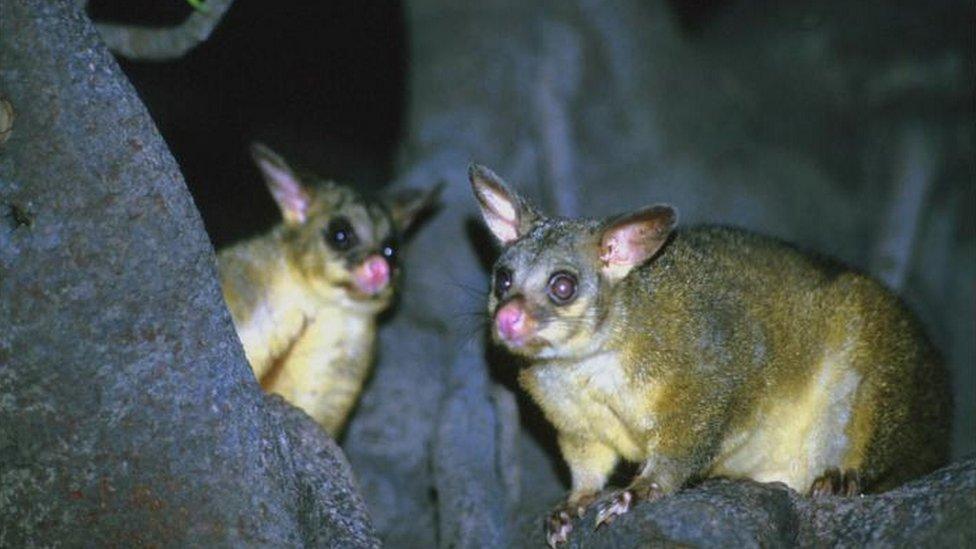New Zealand seeks to exterminate predators to save native birds
- Published
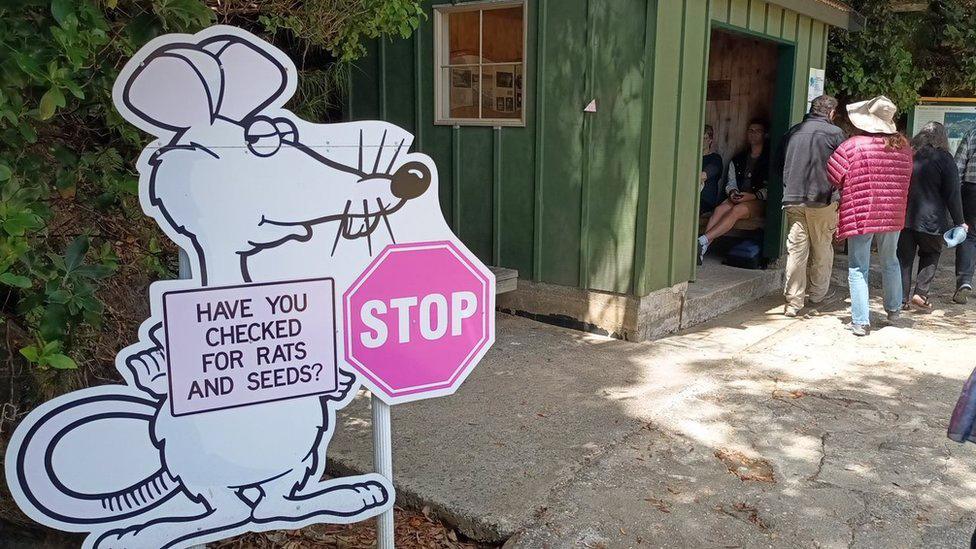
Some of New Zealand's island sanctuaries are open to the public - but not to rodents
On a bright Sunday morning the wildlife-lovers gather in Miramar, a scenic peninsula. They are on an exterminating mission.
Predator-Free Miramar, external aims to protect birds in this area of Wellington, New Zealand's capital, by ridding it of rats - every last one of them.
After donning hi-vis jackets, the volunteers are handed peanut butter - ideal bait for rodents - and poison.
Each is assigned a patch where they will check coil traps and toxin-laced bait boxes. "Good luck fellows," says Dan Coup, who leads the group.
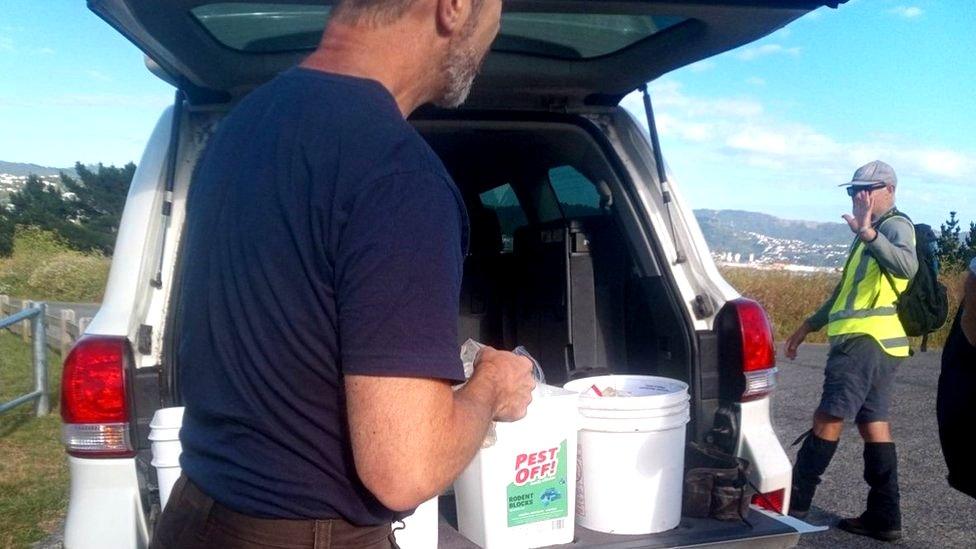
The Miramar volunteers are on a mission to eradicate the last few rats remaining on the peninsula
A GPS app guides Coup through the bush to devices on his route. For each one he replaces the bait and updates the information on the app. None shows signs of a visit by a rat.
But as he surveys the ground for droppings and other clues, his phone vibrates. One participant has posted an image to their WhatsApp group: a dead rat in a trap.
This is not welcome news. "Dave will feel good that he's caught it, but we feel sad that there's still a rat," Coup sighs.
Eradicating rats and other predators is the goal not just for Miramar but for all New Zealand. The government expects the task to be completed by 2050.
It is a tall order. The largest island to have removed all rats is South Georgia, a 170km (105-mile)-long territory in the South Atlantic. New Zealand conservationists believe the feat can in due course be achieved in an area larger than the UK.
Others point to practical and ethical problems.
At the heart of the project is a unique ecology. New Zealand split from an ancient supercontinent 85m years ago, long before the ascent of mammals. Without land predators, birds could nest on the ground or do without flying.

The Kiwi, New Zealand's national symbol, has long been under threat: few chicks survive without pest control
Furthermore, New Zealand was the last major landmass settled by humans. In the 13th Century Polynesians brought mice and Pacific rats. Six centuries later, Europeans introduced larger mammals that feasted on defenceless birds. Almost a third of native species have been wiped out since human settlement.
Efforts to save the others are not new. In the 1960s, conservationists managed to clear rats from small offshore islands. But tackling predators did not become a social phenomenon until about 2010.
"It bubbled up and became a national totem," says James Russell, an Auckland University biologist and champion of the 2050 project.
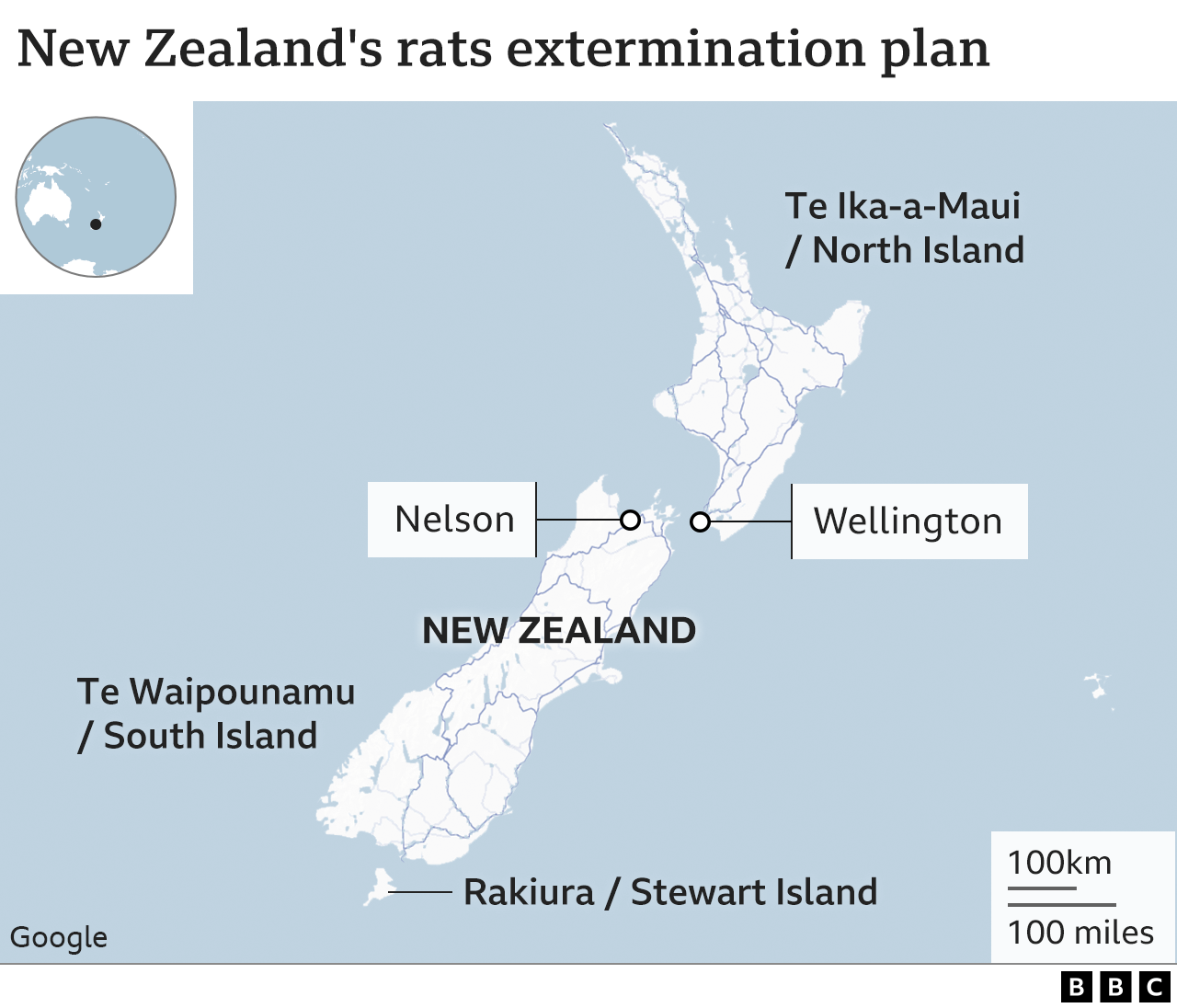
One factor, Russell says, was the advent of infrared cameras. In the 20th Century the most visible pests, and the targets of major culls, were large herbivores such as deer and goats. But from the 2000s, wildlife enthusiasts were able to show what small mammals were up to at night.
Images of rats pouncing on eggs and chicks were widely shared. "That footage was galvanising," Russell says. An ecologist at the time reckoned that New Zealand was losing 26m birds a year to predators, external.
In 2011 a celebrity physicist, Sir Paul Callaghan, popularised the dream of a predator-free country, external. Russell and other young conservationists argued that it could be done, external, given sufficient investment and mobilisation.
Politicians then got on board. In 2016 a law marked the worst predators for eradication: the three types of rats (Pacific rat, ship rat, Norway rat), mustelids (stoats, weasels, ferrets) and possums. Mid-century was chosen as an inspirational deadline.
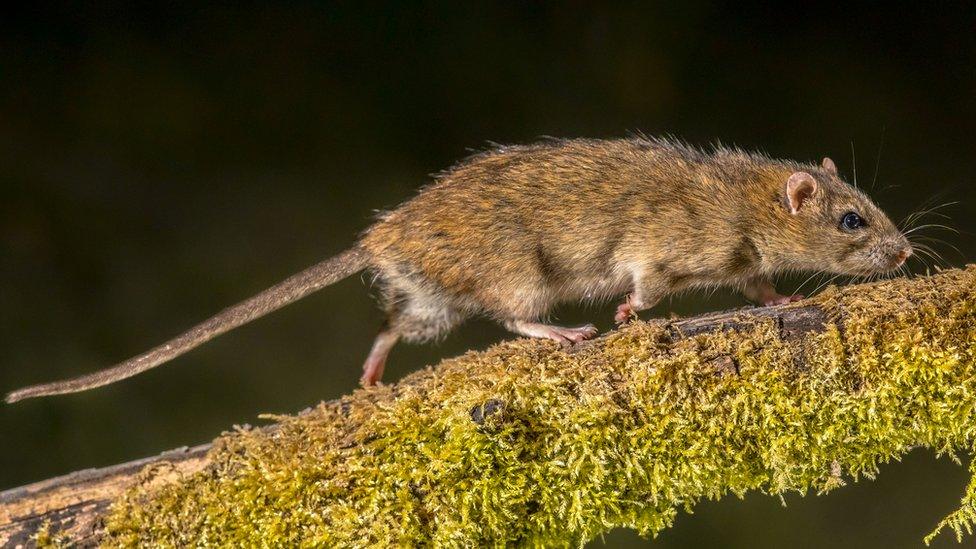
Norway rats arrived on European ships in the late 18th Century and quickly spread across New Zealand
Predator Free 2050 Ltd, external, a public body, was set up to channel government and private money into local projects to test eradication strategies.
The most ambitious of them is Predator Free Wellington. In a city of 200,000 people, it aims to kill off a range of pests, notably rats which thrive in urban environments.
The project's 36-strong team has turned amateur rat-catchers into proper exterminators. It has supplied them with anticoagulant poison, which is much more effective than traps, as well as the GPS app which stores information from every device in real time.
Cameras have been installed in hotspots. "If any rat shows up," says Predator Free Wellington director James Willcocks, "my planning team know where they want to put their resources."
Every rat found dead is sent to the lab for an autopsy. This is crucial because anticoagulants, by design, kill slowly. Rats are intelligent social animals and learn to avoid things that obviously harm them.
As a poisoned rat dies away from the bait box, Predator Free Wellington needs the autopsies to monitor effectiveness.
"We cut them up to see if they've been killed by toxins," Willcocks explains. "We also need to understand: is it male, is it female, has it reproduced recently? Are we chasing one rat or a family of rats?"
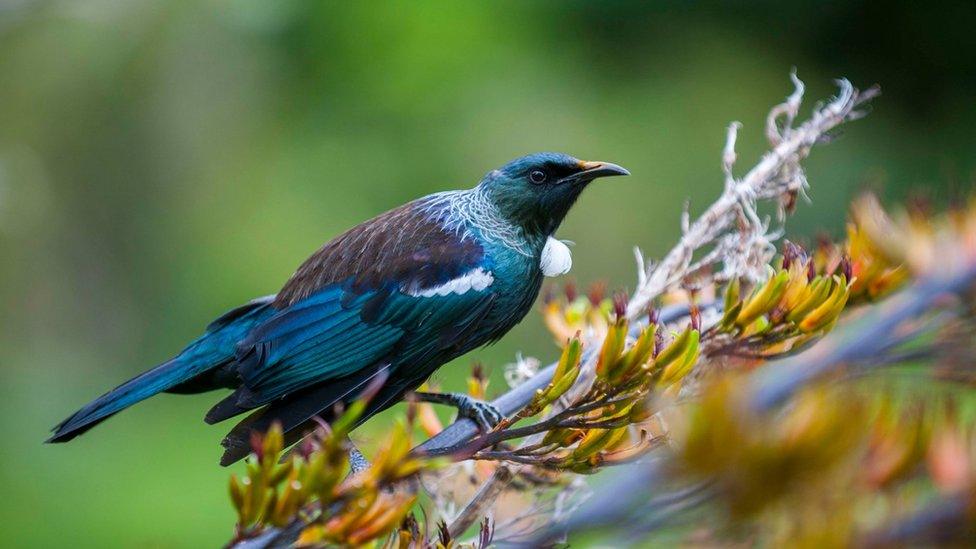
The tui's call was once mostly heard as a ringtone in New Zealand - now the sound is ubiquitous
Miramar has been at the forefront of the city's offensive against predators. Rats are now a rarity on the peninsula and many native birds have made a comeback. The distinctive call of the tui, whose numbers in Wellington had dwindled to just a few pairs in 1990, is ubiquitous.
"In our back garden we now have tui flying over the whole time," says long-time Miramar resident Paul Hay. "The birdlife has absolutely taken off, especially in the last five years."
The city-wide effort benefits from an earlier conservation concept pioneered in Wellington: predator-proof fencing.
The world's first urban ecosanctuary opened in 1999 a mile from the city centre as the tui flies. Now called Zealandia, external, it is protected by an 8km fence. Visitors have their bags checked and must pass through a two-door barrier that resembles an airlock.
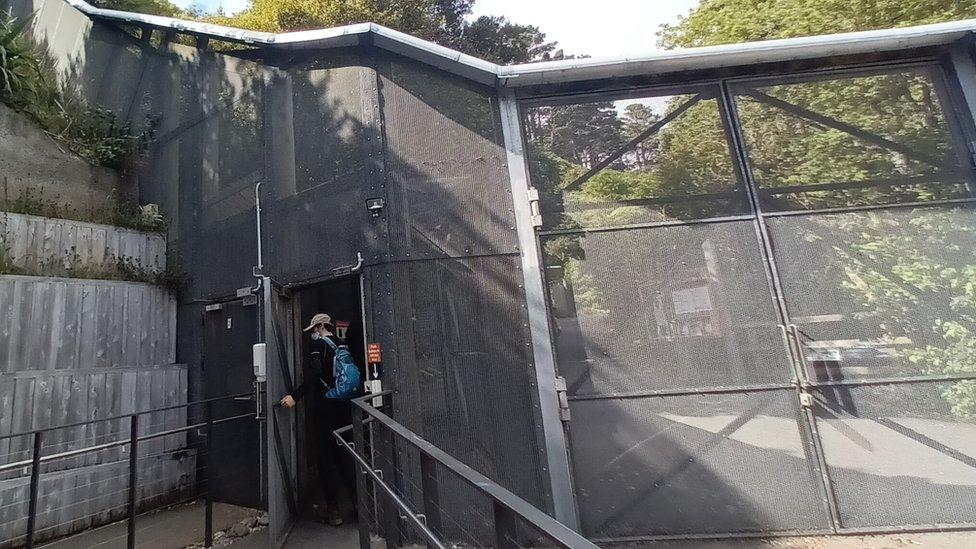
The Zealandia ecosanctuary takes biosecurity seriously
Behind such rigorous biosecurity measures, birds that were once rare have not just survived but are spreading out to surrounding neighbourhoods.
There are now dozens of fenced sanctuaries around New Zealand. One of the largest, Brook, covers almost 700 hectares, external, three times the size of Zealandia, in Nelson in the South Island.
A year after a predator-exclusion fence was erected in 2016, the area was cleared of pests. The challenge now is make sure none get in.
Constant vigilance is of the essence. A rat might be accidentally dropped in by a bird of prey; a tree could fall on the fence, allowing a weasel to creep in.
Any damage to the fence will set off its warning system. "If the alarm goes off in the middle of the night one of us will get up there and have a look," says Nick Robson, Brook's operations manager.
Cameras and ink pads alert staff to any incursion. But the ultimate detection tool, and the predator's worst enemy, is man's best friend. "Dogs are specially trained to detect certain pests and ignore others," says Robson. "It can be that a dog can detect a rat whereas our devices haven't."
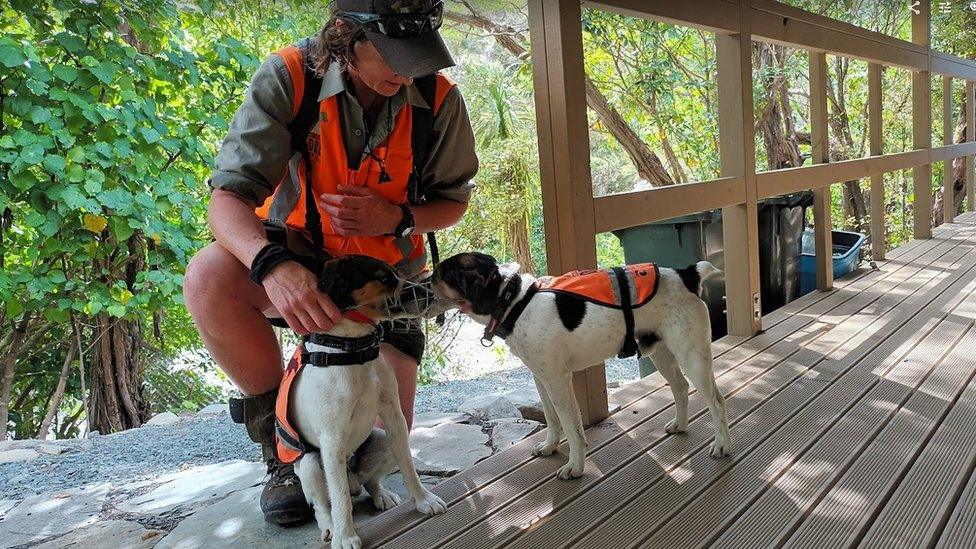
Brook sanctuary can rely on Macca and Elmo, a father-and-son team of fox terriers, to sniff out predators
Preventing reinvasion is a concern particularly for offshore islands. Rakiura, or Stewart Island, is the largest of these. Separated from the mainland by 25km of water, it has rats but has always been mustelid-free. This relative isolation has allowed rare birds to nest there and conservationists are working hard to preserve it.
Gadget the detector dog is a celebrity with her own Facebook page:, external you can follow her as she checks incoming boats for rodent stowaways.
For the past 20 years the Stewart Island/Rakiura Community & Environmental Trust, external (Sircet), a volunteer group, has stopped rats and other pests from destroying a colony of muttonbirds, a ground-nesting species that has all but disappeared from the mainland.
"We're holding the line," says Shona Sangster, Sircet's chairperson, as she inspects traps in the bush.
Strong defences are vital for small nearby islands that are already predator free. Rats can swim for half a mile (800m): keeping them away from those sanctuaries and the endangered birds they shelter is a constant struggle.
Government money has helped. Predator Free Rakiura, a project set up under the 2050 scheme, has provided expertise, paid staff and nifty tools such as self-reloading traps. These crush the skull of any approaching rat and require minimal maintenance: victims drop to the ground and nature does the tidying up.

Self-resetting traps are ideal for remote sanctuaries where traps cannot be checked regularly
Predator Free Rakiura, external has nowhere near the budget of its Wellington counterpart. But local conservationists enjoy a level of popular support other parts of the country can only dream of. In 2020-21, Sircet says, 261 people gave time to the cause, a huge mobilisation rate on an island of 440 residents.
Last year the group distributed traps to schoolchildren and gave out prizes for the most rats caught, the biggest rat, the one with the biggest teeth and the furriest coat.
Youngsters are raised in a community where predator control matters hugely, Sangster says. "What is slightly unusual from an outside perspective is part of their day-to-day life."
Sircet also promotes responsible pet ownership on the island. Cats - bird killers that are safe from eradication because of their appeal to humans - have to be neutered and microchipped.
Dogs, which tend to mistake kiwi for fluffy toys, can be dangerous too. Under a Sircet training programme that is voluntary (for owners, that is) an electronic kiwi delivers a mild shock to pooches that get too friendly, teaching them to give the birds a wide berth.
Holding the line is an achievement. But what are the chances of Rakiura, an area the size of Greater London, becoming completely predator-free within 27 years? Sangster is cautious on this question. "Shoot for the stars: you might land on the Moon," she says.
The feasibility of the whole 2050 project has been a matter of debate among conservationists. James Lynch, the founder of Zealandia, has reservations on grounds of practicality and cost-effectiveness.
He supports the ultimate aim of removing predators. "The problem," Lynch says, "is that we have no toolbox for this at the moment."
Most native birds, he notes, do not need a zero-predator environment to thrive. The few that do, he argues, can survive on offshore or urban sanctuaries. Rather than try to clear the whole country of pests, Lynch recommends focusing resources on woodland around fenced areas to maximise the survival of birds coming out.
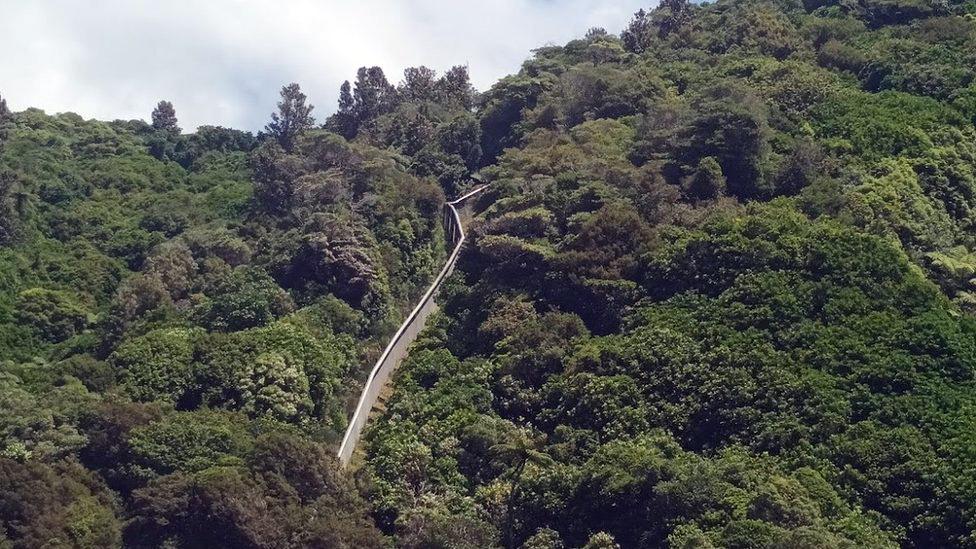
Many birds nest on the predator-free side of the Zealandia fence (left) and fly out to the surrounding forest (right)
That concept, he says, has worked in Wellington and represents the best hope nationwide while tools for complete eradication are being developed.
Others regard the very idea of a predator-free New Zealand as fanciful. Conservation researcher Wayne Linklater points out that over the past 150 years, New Zealand has lost every war it has waged on rabbits, deer and other pests.
Campaigns to exterminate intelligent, sentient beings are not just unworkable but ethically misguided, Linklater adds. "We marshalled enormous resources and people's passion and we implemented great cruelty. How could we be so blithe with suffering?"
The drive to purge society of nefarious forces, the mass mobilisation and slogans remind Linklater of evangelical zeal. The predator-free movement, he says, "depends on demonising a species and making an enemy of that species so that you can kill it".
Besides, who is Homo sapiens, that most invasive of mammalian predators and systematic destroyer of habitat, to declare total war on creatures it brought with it?
Instead of setting impossible national targets, Linklater recommends allowing communities to determine their own biodiversity goals. Auckland residents could live with a few rats and possums, while Stewart Islanders might prioritise protecting their kiwis and muttonbirds.
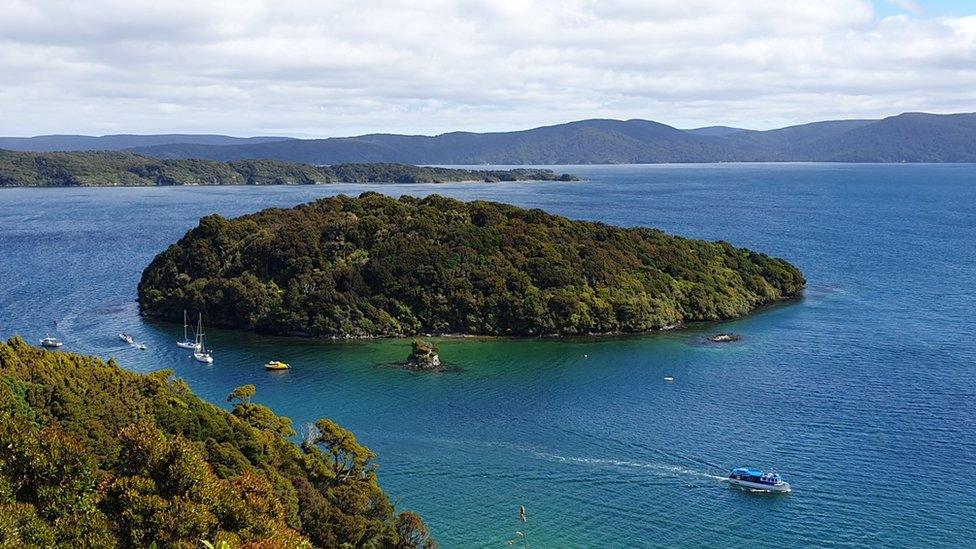
Predator-free islands off Rakiura are protected from reinvasion by traps and poison
For biologist James Russell, who did much to give scientific backing to the 2050 project, localised strategies are pointless. "It's the unambitious, business-as-usual model," he shrugs.
Saving birds in a few places, he goes on, is a false economy: it requires perpetual investment to stop predators returning. Eradication is expensive but "you pay it once, and then it's done."
Russell concedes that no-one knows how to finish the job yet. Pest-control technology, however, has made huge strides since the 1960s: who knows what continued investment can achieve over the next 27 years?
As for moral objections, there are no hard and fast answers. It is up to individuals and societies to weigh complex arguments. New Zealanders, Russell says, have collectively decided that sacrificing some species to save others is the right thing to do.
It is true that, right now, opposition to eradication is subdued and enthusiasm prominent.
Back on the Miramar peninsula, Dan Coup looks forward to the day when he and his fellow rat-catchers are finally redundant.
"You've got a choice to either keep working for ever, or you invest a huge amount up front to get the last half-a-percent of the rats and then you don't have to work again," he says.
Related topics
- Published6 February 2023
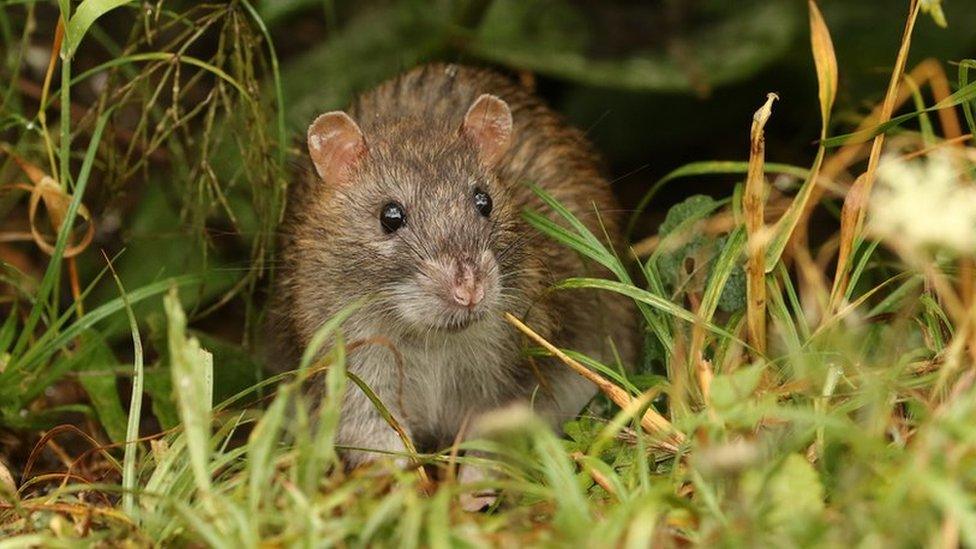
- Published11 March 2023

- Published4 October 2022
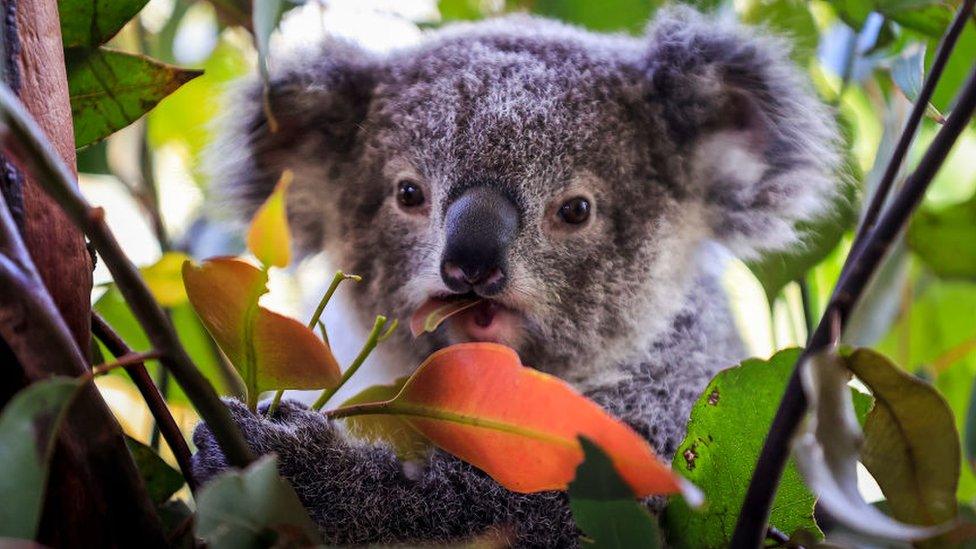
- Published2 January 2020
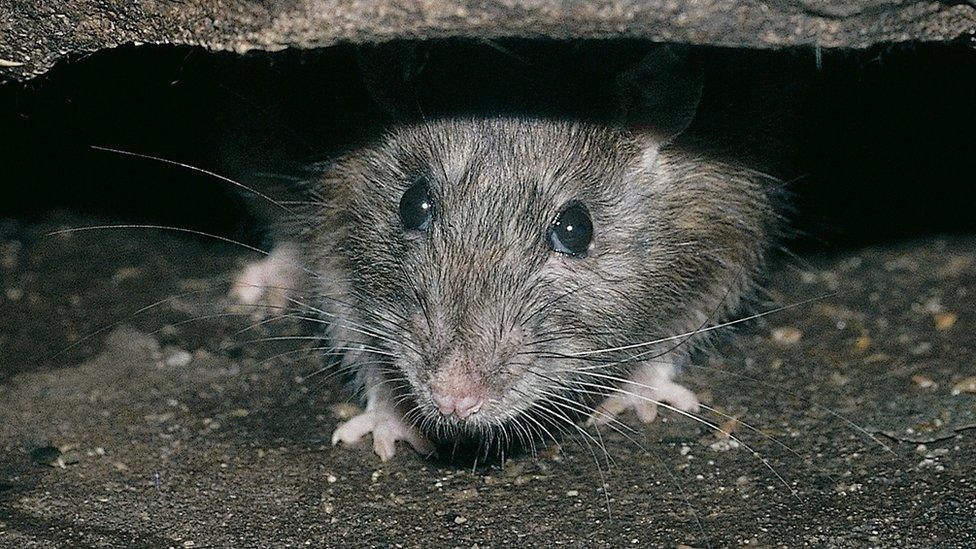
- Published25 July 2016
